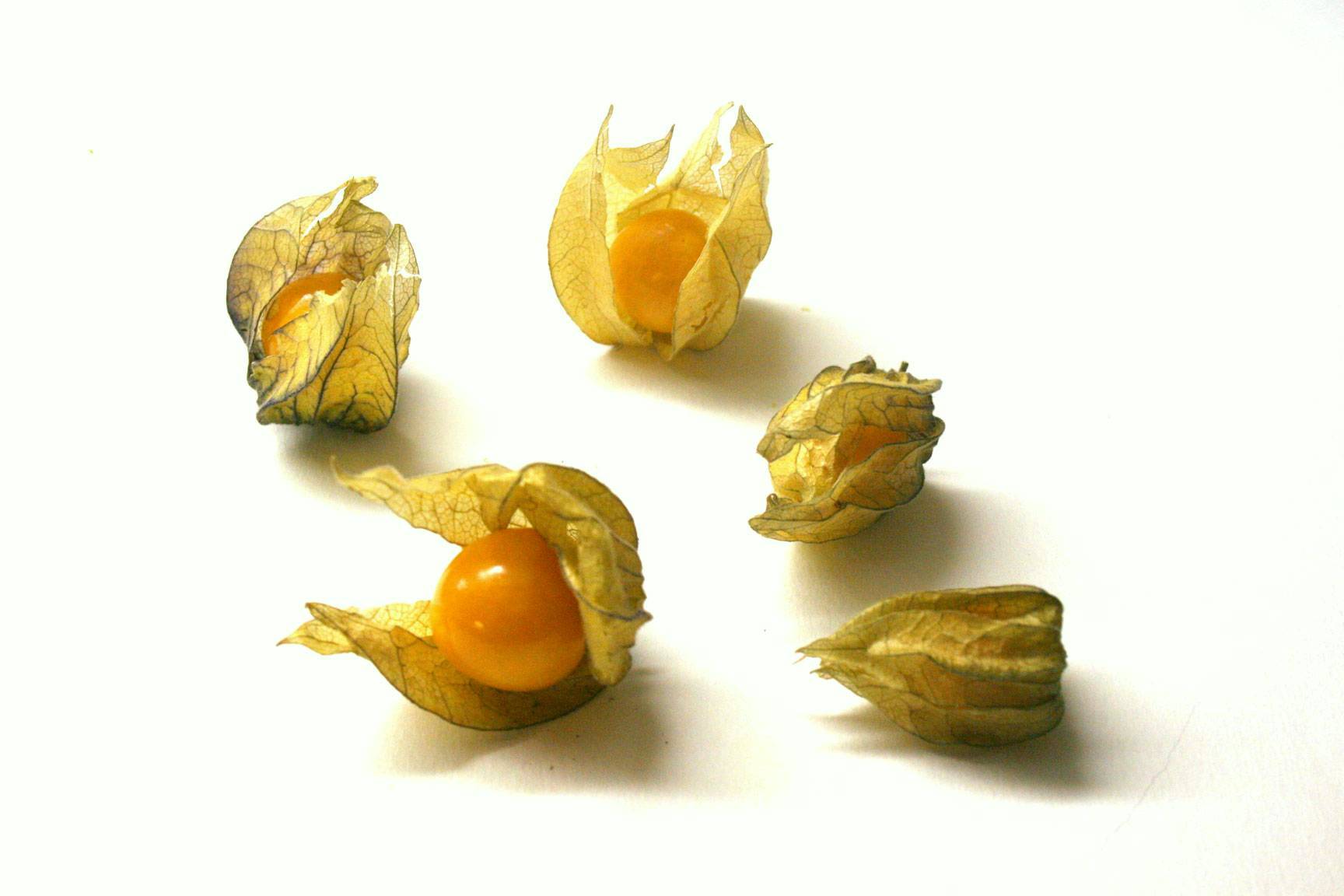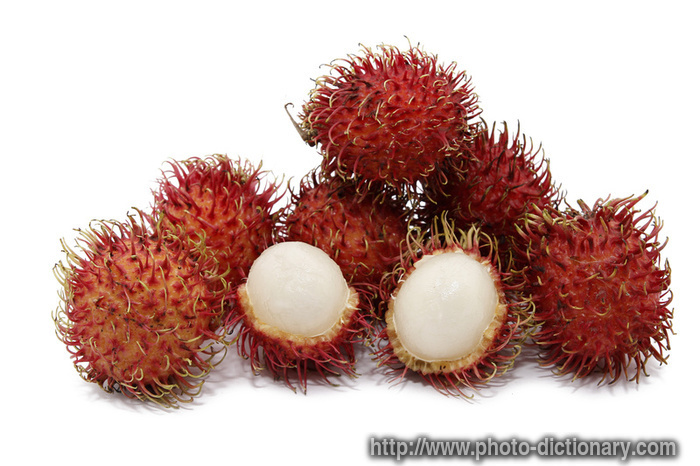Everyday Foods that can be dangerous

Apple seeds: The fruit that actually keeps the doctor away has poisonous seeds that contain cyanide. However, the level of cyanide is low and does not cause extreme reactions. But health experts do not recommend eating apple seeds.

Cherries: The tiny little red fruit is enjoyed by most people and used in a number of ways. However, the seed of the cherry is poisonous in nature. It releases hydrogen cyanide in your body. You might feel uneasy, dizzy or even vomit. Extreme reactions include convulsions, kidney failure and heart related problems.

Rhubarb: Rhubarb is a plant with edible and flavorsome stems which are used as a part of a number of desserts. However the leaves of this plant contain an acid which is very harmful in nature.
Being observant about the quality and nature of food you consume is particularly imperative. Having complete knowledge and information about unusual foods is another important point to be taken care of.
Being observant about the quality and nature of food you consume is particularly imperative. Having complete knowledge and information about unusual foods is another important point to be taken care of.

Mushrooms: Toadstools are poisonous mushrooms that must not be eaten. Mushrooms that are found in the wild are the harmful ones and can cause grave damage to the body. However, you must take note of the fact that not all mushrooms are poisonous.

Potatoes: One of the most commonly eaten vegetable across the world, a potato plant is actually poisonous. Everything except the bulbs, that we consume, is extremely harmful. If you consume the leaves of the potato plant in surfeit quantities it can prove to be fatal.

Cashew: Raw cashews contain urushiol, which is a poisonous chemical that can lead to death of a person. The ones that are available in the market are not in their raw form as they are steamed before being packed for consumption.

Almonds: Just like cashew nuts, almonds too are considered to be extremely poisonous if not treated before consumption. In the crude form these nuts are exposed to heat in order to make them edible.
THANKS YAHOO.
Credits for the owner of the images
















































